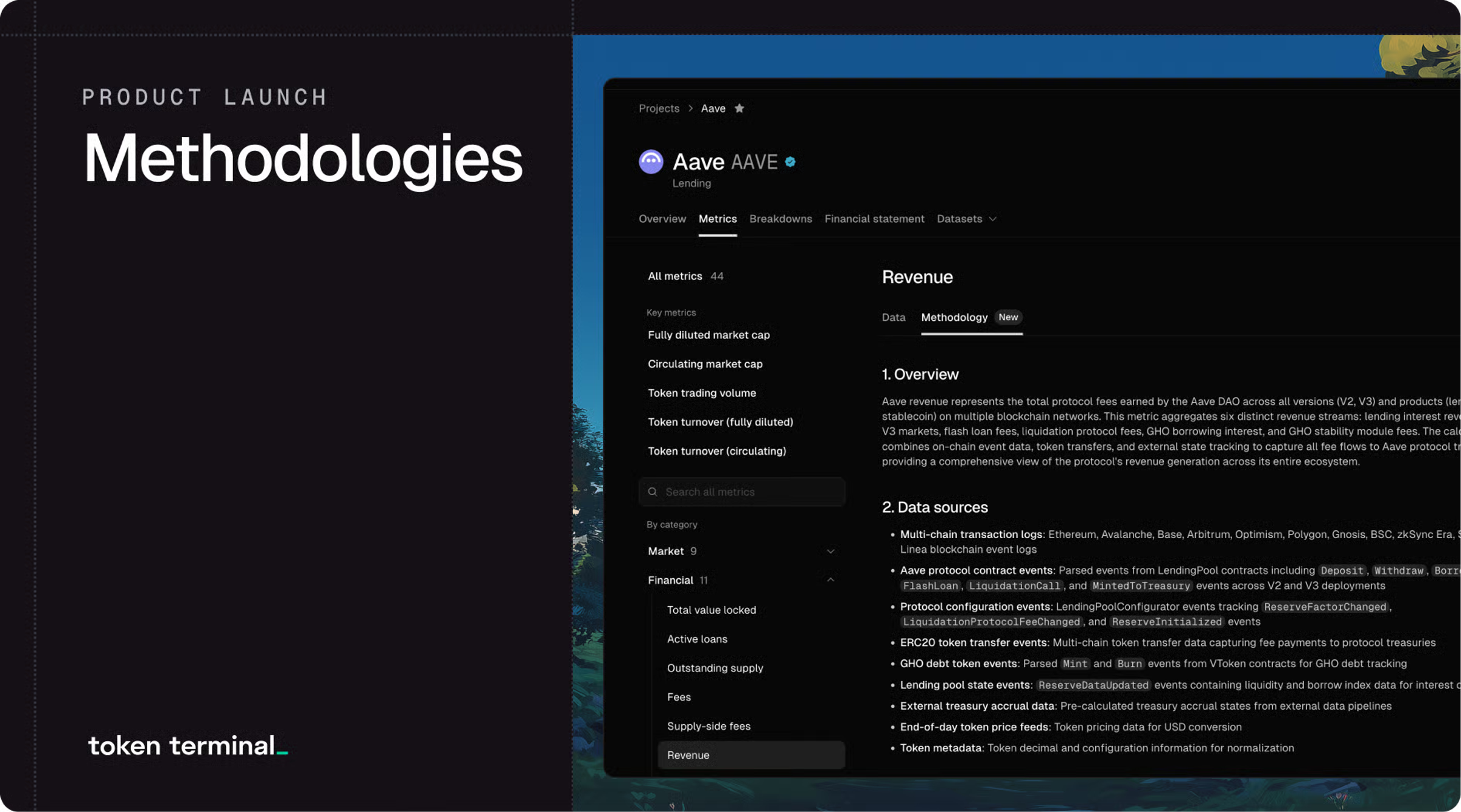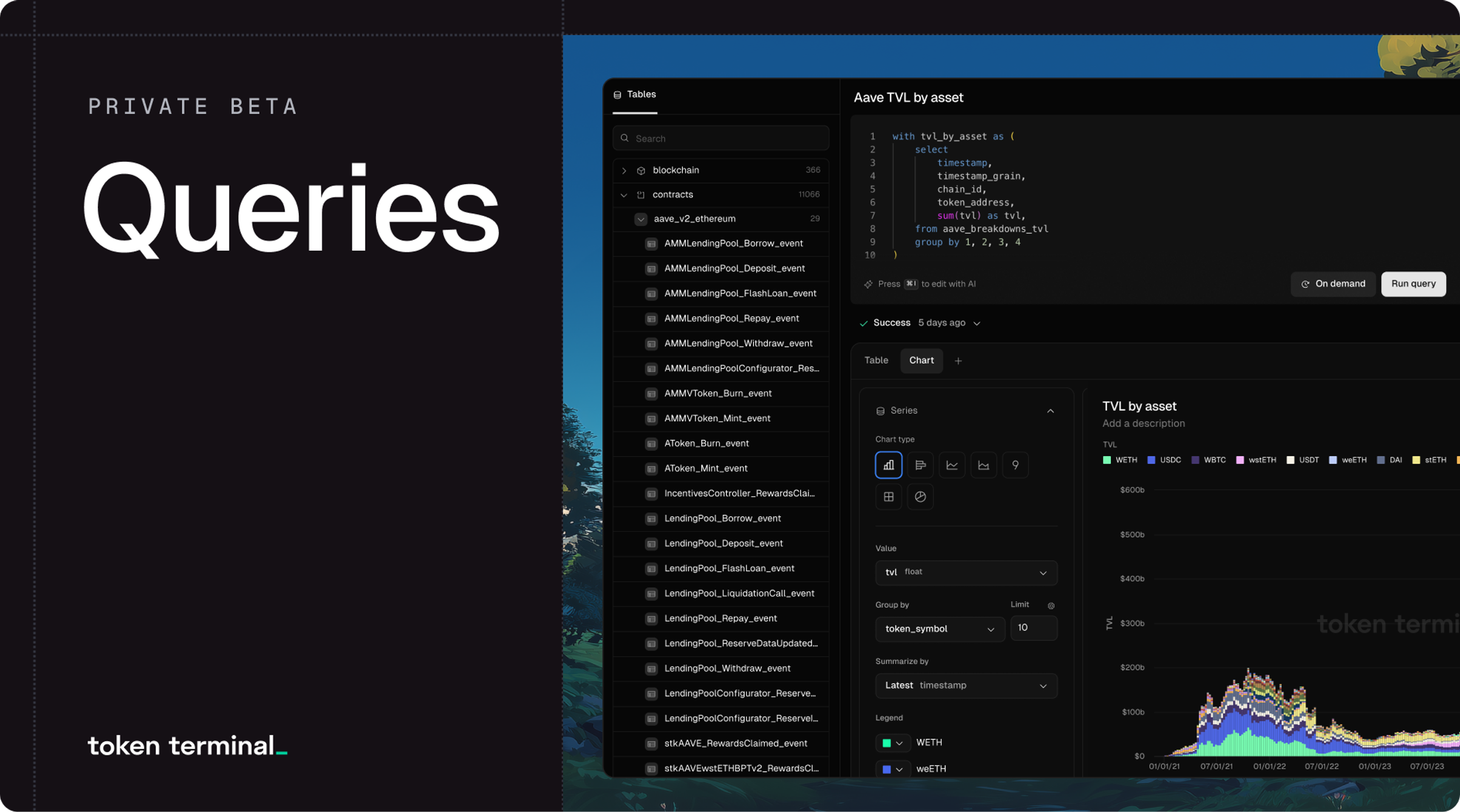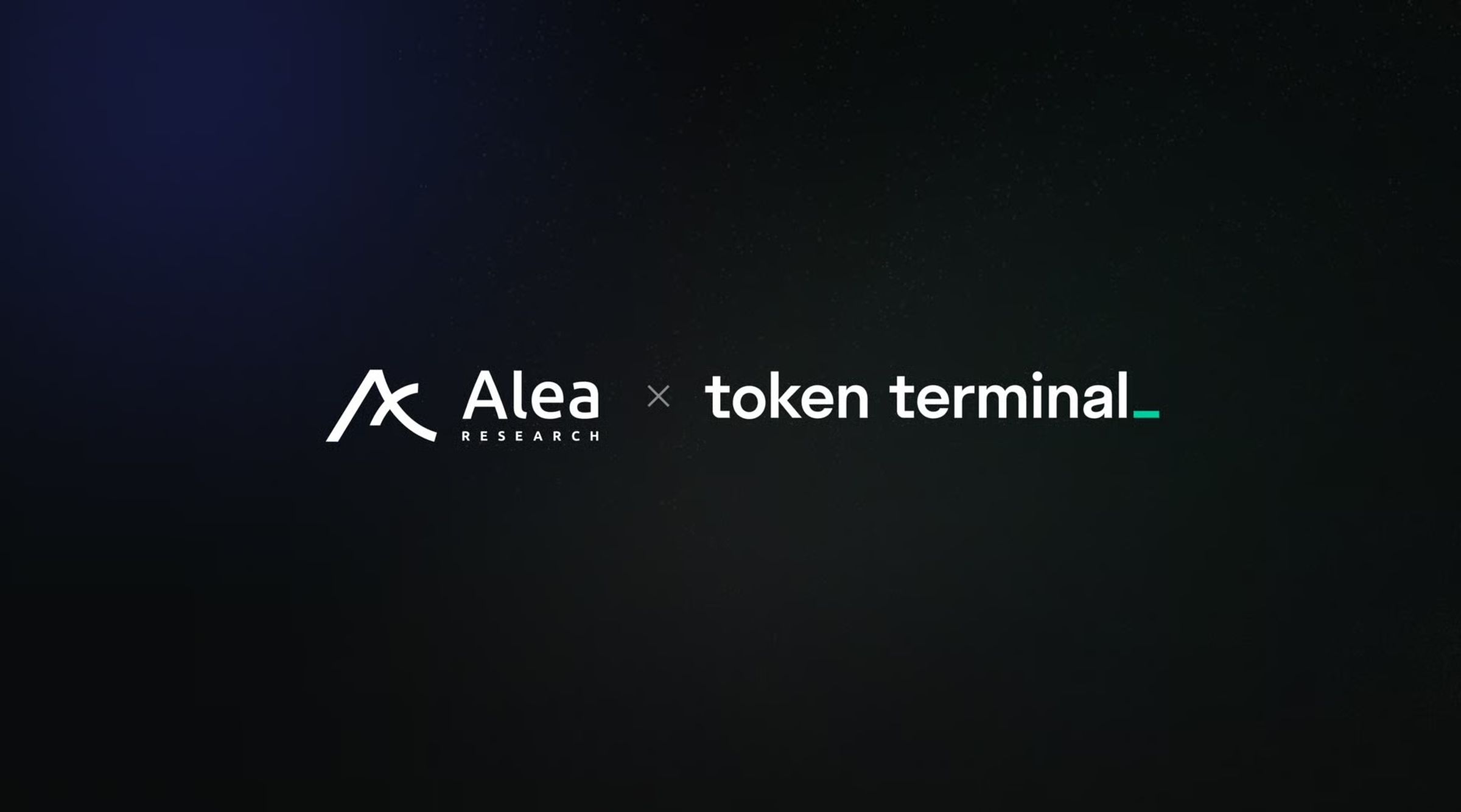
In this blog series, we interview founders from the crypto space to learn more about them and the products they’re building. For our most recent interview, we sat down with Kevin Wang, the co-founder of Nervos. Nervos is a L1 blockchain built for L2 application-specific chains.
In this interview, we go through topics ranging from the team’s current product focus to future plans.
What is Nervos?
Nervos is a multi-layered blockchain ecosystem. Layer 1 is the Nervos CKB (Common Knowledge Base), which uses a proof of work protocol. This base layer allows any crypto asset to be stored with the security, immutability and permissionless nature of Bitcoin. On top of that is layer 2, which enables users to create their own blockchains, protocols and integrations.
Who is the team behind Nervos?
The Nervos ecosystem is being built by a team of developers with deep roots in the crypto space. Past projects built by core team members include Ethereum clients (ruby-ethereum and pyethereum), creators of imToken — world’s largest Ethereum wallet, Spark Pool — largest ETH mining pool, Cryptape — leading blockchain engineering team, CITA, Peatio and core protocol research and development for Ethereum and Bitcoin.
Since launching the project in January 2018, we have grown into a diverse group with backgrounds in engineering, cryptography, token economics and community building — currently more than 95+ people across the world. We strive for openness, collaboration and integrity and are all passionate about decentralized technology and the impact it will have on the world.
How would you describe the relationship between Nervos and other L1 blockchains? Is it collaborative or competitive?
I don’t view the relationship between different blockchains as competitive. Every chain has things it is well-suited for, while other things it is not. Blockchains are really in competition with the large industry of financial services that has orders of magnitude more users and resources, and can offer users and developers a much better experience than blockchains can today.
Every blockchain struggles with the same blockchain trilemma, none to date has shown an effective path to scaling — the promise people have come to expect from blockchains. If we approach the industry as more of a landscape of open research problems and less about competing implementations and assets, we create a situation in which we are all better positioned for success.
What is the current state of the application ecosystem on top of Nervos? What use cases are the leading applications tackling?
The application ecosystem on Nervos is at a nascent stage, we are currently building infrastructure and developer tools that will make it much easier for developers to build applications in the future. This includes a number of DeFi primitives, frameworks to support cross-chain interactions and tooling that will lower the learning curve for developers and users approaching Nervos.
Some examples of the tooling that is being built on the developer side: support for smart contracts in the Rust programming language and support for Ethereum smart contracts and tools. On the user side, the focus is on enabling native support for existing dApp browsers, other blockchain wallets, and native mobile wallets, so users will not need to install new software to interact with Nervos.
How will Nervos catch the attention of developers entering the crypto space? What is Nervos’ developer acquisition strategy like?
Growing our developer community is one of our highest priorities for Nervos. We launched a 30MM USD grants program at the start of the year to support infrastructure and “common good” projects on Nervos. Some of these grants include Bitcoin interoperability, online IDE, a browser wallet (like MetaMask), zero knowledge proofs and more. We also recently launched CKLabs, an incubator for supporting product teams building use cases on Nervos. Additionally, we have a dedicated developer relations team who are focused on developer tools, documentation, tutorials, guides and supporting community devs in a variety of ways. We also have many hackathons, code jams, and developer courses lined up for the second half of the year.
What are some of the yet-to-be-solved design issues that Nervos is facing?
For almost two years, from the project’s initiation in 2018 to the mainnet launch in November of last year, the team was dedicated to ensuring the core design decisions of the Nervos network would be sustainable over the long term. Now that the network has launched, there are optimizations that can be made on the underlying blockchain, however our belief is that once blockchains are deployed, they become like hardware, very hard to change.
This means that the foundation of the network is relatively fixed, and since launch our focus has moved to Layer 2 and developing frameworks and design patterns that will allow Nervos to grow to Internet scale, without compromising the experience users have come to expect from the network. The team is currently researching deployment of a generalized payment channel network (like Lightning, but for any asset on Nervos), development of the Axon sidechain framework and support for the emerging family of zk rollup-style protocols on Nervos.
What metrics is Nervos interested in tracking and why? How do you gauge the growth of the Nervos ecosystem?
There are many network metrics that we track and we have integrated a dashboard into our explorer that tracks important network metrics like hashrate, blocktime, transactions, etc.
For the ecosystem, we see growth in the developer community through grant and CKlabs applications, people using our documentation, guides and resources as well as the wider community and ecosystem of people getting involved in a variety of ways through online and offline meetups, groups, social channels and more.
If you would get to fix one thing in the blockchain ecosystem, what would it be?
I think I would want to dispel the notion that the path to success is through disruption or displacement of existing systems in favor of a “blockchain” product. I believe that blockchains will ultimately succeed by finding integration paths in existing technologies and systems to create value for their users from the properties of trust and common knowledge that blockchains provide.
There are a couple of ways this improves our situation. First, it frees us from having to re-architect and re-build everything from the most basic infrastructure to vastly complicated web systems, which is a near impossible endeavor for a startup kind of ecosystem. Second, this creates a more natural path to adoption. Some people will always be open to trying new products and services, but many new technologies improve our lives on a regular basis without requiring deliberate “adoption”, because they are implemented in existing products and services we already use.
How will the world be different once Nervos and crypto have won?
Blockchains allow for the creation of common knowledge, which is information we all agree on and can trust the integrity of. Bitcoin showed us that this property is enough to create a currency and a system for distributing it. Nervos and crypto at large will increase financial inclusion and ensure that everyone on earth has access to modern banking, payment and other financial services.
Nervos has been designed as a network for capturing and storing common knowledge, which will go beyond just finance and create systems that increase trust across a variety of use cases. Cryptography can be deployed to authenticate someone’s identity or information that is being provided to create or increase trust, which will greatly benefit our relationships and the world at large.
You can find more information about Nervos on the project’s website, Twitter, Medium, and Github accounts.
The authors of this content, or members, affiliates, or stakeholders of Token Terminal may be participating or are invested in protocols or tokens mentioned herein. The foregoing statement acts as a disclosure of potential conflicts of interest and is not a recommendation to purchase or invest in any token or participate in any protocol. Token Terminal does not recommend any particular course of action in relation to any token or protocol. The content herein is meant purely for educational and informational purposes only, and should not be relied upon as financial, investment, legal, tax or any other professional or other advice. None of the content and information herein is presented to induce or to attempt to induce any reader or other person to buy, sell or hold any token or participate in any protocol or enter into, or offer to enter into, any agreement for or with a view to buying or selling any token or participating in any protocol. Statements made herein (including statements of opinion, if any) are wholly generic and not tailored to take into account the personal needs and unique circumstances of any reader or any other person. Readers are strongly urged to exercise caution and have regard to their own personal needs and circumstances before making any decision to buy or sell any token or participate in any protocol. Observations and views expressed herein may be changed by Token Terminal at any time without notice. Token Terminal accepts no liability whatsoever for any losses or liabilities arising from the use of or reliance on any of this content.
Stay in the loop
Join our mailing list to get the latest insights!
Continue reading
- Launching methodologies

Launching methodologies
Today, we’re launching Methodologies, a new feature on Token Terminal that documents every calculation step between raw blockchain data and standardized financial and usage metrics.
- Expanding the frontier of onchain analytics

Expanding the frontier of onchain analytics
During Q4, we’re rolling out Queries — a SQL interface designed to complement and extend our existing no-code analytics tools.
- Token Terminal x Alea Research: A partnership to advance the quality and distribution of onchain data & research

Token Terminal x Alea Research: A partnership to advance the quality and distribution of onchain data & research
Through this collaboration, Token Terminal will provide onchain data to Alea Research and support their platform and research reports with standardized and institutional-grade onchain data.